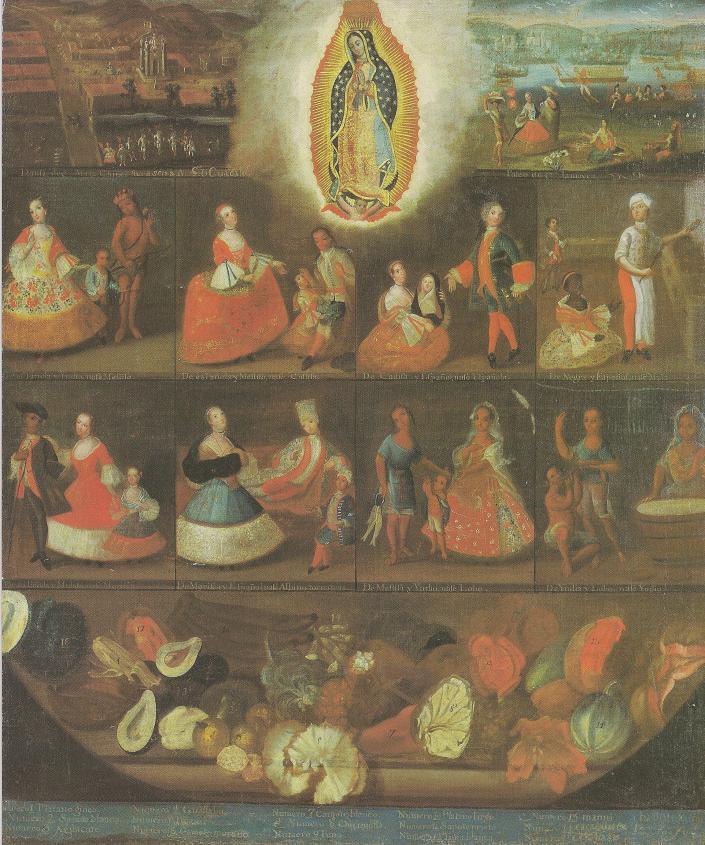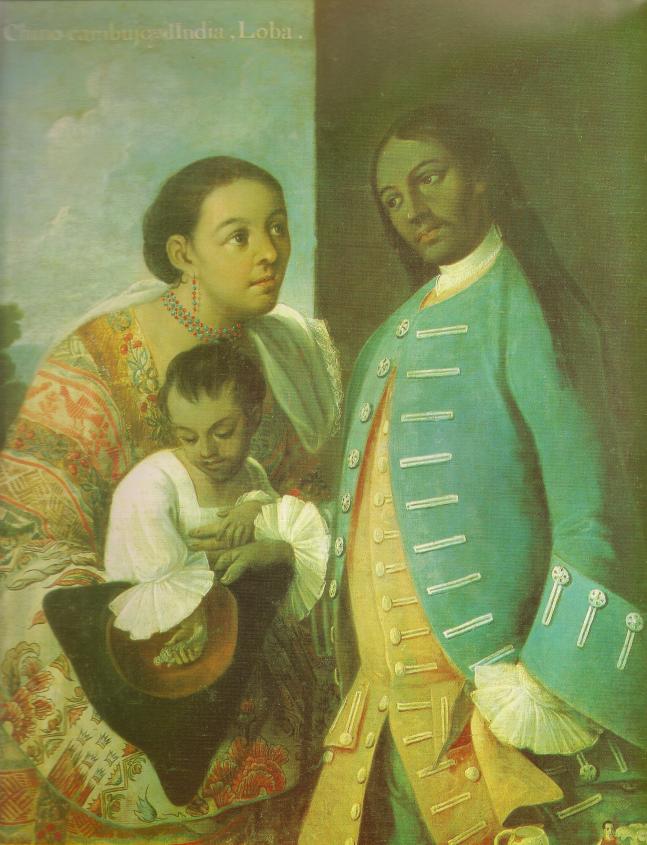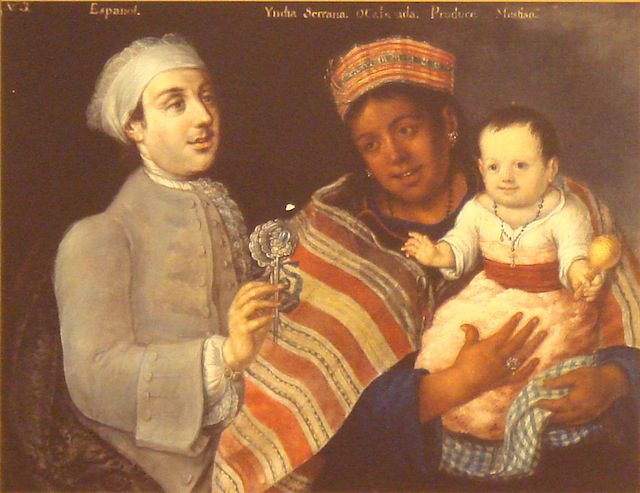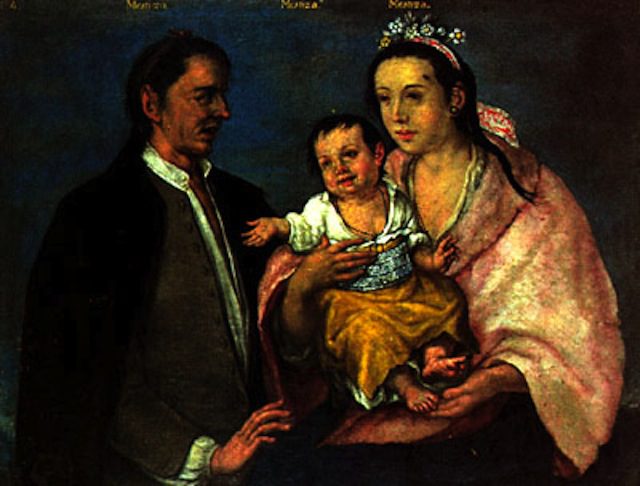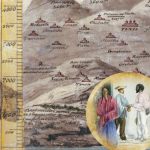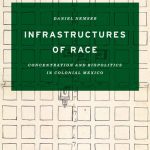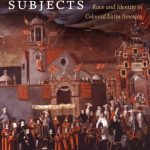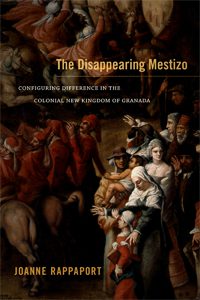 From Mexico to Chile, Latin American intellectuals, artists, and activists proudly proclaim that they, their nations, and their cultures were born from a mix of Spanish and Indian heritage. The adjective for this mix is “mestizo;” individuals of Spanish-Indian descent are “mestizos.” These terms, along with the general word for mixing (mestizaje), have become increasingly prominent in North American scholarship in recent years, especially since the 1960s Civil Rights Movement, when many U.S American activists with Latin American heritage sought to explore and embrace their Indian roots.
From Mexico to Chile, Latin American intellectuals, artists, and activists proudly proclaim that they, their nations, and their cultures were born from a mix of Spanish and Indian heritage. The adjective for this mix is “mestizo;” individuals of Spanish-Indian descent are “mestizos.” These terms, along with the general word for mixing (mestizaje), have become increasingly prominent in North American scholarship in recent years, especially since the 1960s Civil Rights Movement, when many U.S American activists with Latin American heritage sought to explore and embrace their Indian roots.
The category of mestizo first arose in the 16th century Spanish Empire. In The Disappearing Mestizo, Joanne Rappaport takes readers to 16th, 17th, and 18th-century Colombia, where she questions whether mestizos constituted a real social group. Many scholars have treated colonial mestizos as a sort of ethnicity or collective, a concept frequently influenced by the era’s spectacular paintings of genealogical mixes between Africans, Indians, and Spaniards. These colonial Mexican paintings create the appearance of a hierarchical society, a “caste system,” where a colonist would fall into one of dozens of categories and would live his or her life according to the privileges and limitations of that group. The idea of the caste system has recently come under the scrutiny of contemporary scholars, who argue that the rigid idealized world of caste paintings never materialized in day-to-day life.
Rappaport’s book builds on this growing suspicion towards the caste system and colonial-era terms like the mestizo. Whereas Africans, Indians, and Spaniards often had languages, histories, and legal statuses that brought them together, Rappaport argues that mestizos were adrift between colonial ethnicities. This meant that they appeared and disappeared from colonial documents with ease, “becoming” Indians or Spaniards at times and becoming mestizos at other times. If there were no mestizo sociological or ethnic group, Rappaport reasons, we must set out to determine not “Who is a mestizo?” or “What is a mestizo?” but “When and how is someone a mestizo?”
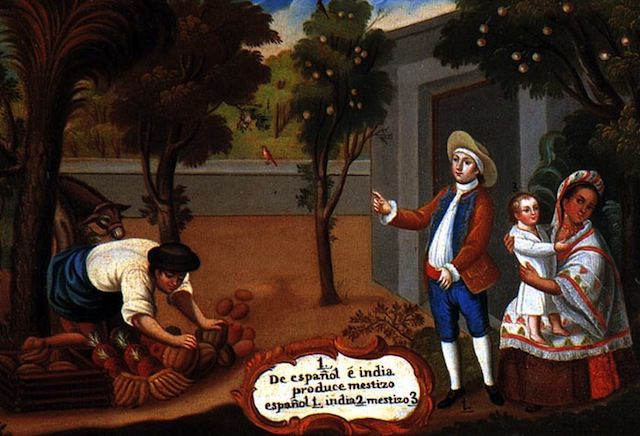
Casta Painting from the end of the 18th century or beginning of 19th century. Author unknown. The caption reads “From a Spanish man and an Amerindian woman, a Mestizo is produced”
This book seeks to answer why colonists called others mestizos, through a handful of fine-grained “ethnographic” vignettes that appear in the archives of Spain and Colombia. The author begins by exploring the importance of markers of difference that go beyond 19th and 20th century markers of “race:” religion, appearance, dress, blood, honor, reputation, occupation, and even ideas regarding breast-milk (ideas that colonists summarized as calidad, or “quality”). Readers meet a moreno (dark-skinned man) who seduces a high-born Spanish woman with love letters but shames and threatens the reputation of her family when he reveals his physical appearance to her. A half-Spanish, half-Indian girl brings dishonor upon her father by dressing as an Indian. A distinguished conquistador’s enemies accuse him of being a Moorish slave from Oran, throwing his Christian genealogy and virtue into question. These cases force us to think beyond “race” as a simple category of genetic difference and to focus instead on the cultural reasons why colonists did or did not use so-called caste categories when describing themselves and others.
Rappaport then turns her attention directly toward mestizos (and occasionally mulattos), presenting various stories in which Crown officials struggled with caste terms. There is Juan de Medina, the self-proclaimed Indian whose enemy, an Indian, insults him as a mestizo after a bloody brawl involving a severed nose. When a tax collector confused Juana Galván for a tribute-paying indigenous woman, she complained that she had a Spanish father and was in reality a mestiza (colonial Iberians and their mestizo children did not normally pay taxes). Rappaport also notes the cases of mulattos Lázaro, who lived and paid taxes as an Indian, and Manuel Rodríguez, who lived among Spaniards and Indians, even as he terrorized them with robberies and rape. There was Ana de Mendoza, an elite mestiza who became “hispanized” by her marriage, and Juan Birvez, a man who witnesses outed as a mestizo as he lay in bed with the daughter of a powerful landowner. Birvez, in turn, revealed that the daughter was a mestiza herself. Rappaport concludes from these episodes that the matter of who was and was not a mestizo was highly contingent on the time, the place, and who was doing the naming. She argues that mestizos and mulatos did not live in a caste system; they moved in and out of their categories with ease.
Some mestizos, however, experienced very tangible discrimination at the hands of Crown officials and clergymen. One was the famous Gonzalo García Zorro, who became a cathedral canon in spite of stiff resistance from members of the Church. His brother Diego was less fortunate. He had close ties to Indians and found that townspeople disdained him and his pretensions to public offices due to his mixed lineage. A similar case, well known among historians of colonial Colombia, was the struggle of two mestizo “caciques” – Indian chiefs – to win the recognition of the Crown for their position. Both Alonso de Silva and Diego de Torres were sons of conquistadors and Indian women, and both lost their rights to act as caciques when their enemies raised questions about their eligibility. Mestizos in colonial Colombia were often either too Spanish or not Spanish enough, depending on the position they sought to achieve.
Rappaport’s book does admirable work at dismantling the myth of the caste system, showing that colonists hardly ordered themselves into clean-cut categories. This observation brings up a mystery that the author does not answer, however. Why did Crown officials and clergymen frequently describe individuals as mestizos to begin with?
Rappaport all but ignores the problem of mestizo laws – the Crown decrees that insisted that mestizos not enter the priesthood, not live in Indian towns, not act as caciques, and so forth. This is a critical weakness in a work that pivots around the reasons colonists categorized one another.
Mestizo laws are difficult to understand at first glance. My research into the sixteenth-century creation of the term reveals more chaos than clarity. For every law forbidding mestizos’ entry into the priesthood, for example, there are two allowing it. The same follows for many similar decrees regarding mestizos’ rights to carry arms, inherit land, and so forth.
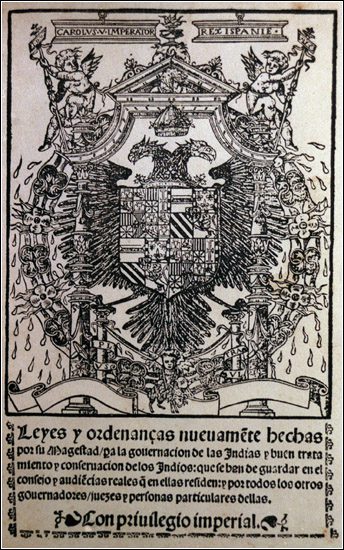
Front cover of the New Laws of the Indies for the Good Treatment and Preservation of the Indians. The New Laws were issued on November 20, 1542, by King Charles I of Spain and regard the Spanish colonization of the Americas.
The solution to this mystery lies in the nature of Spanish imperial law, and has important consequences for the practices of naming mestizos. The King desired close contact with his colonists – from the humblest Indian to the richest Spaniard. He also desired to resolve conflicts and avoid bloodshed. The Monarch and his Council thus oversaw all sorts of legal disputes, simultaneously providing colonists with mediation and collecting hordes of information on the New World all at once. It was in this flurry of colonial petitions to the Crown that the meaning of the term mestizo arose. Countless petitioners thus created different meanings for the term mestizo from below, in the process sowing legal chaos on a grand scale.
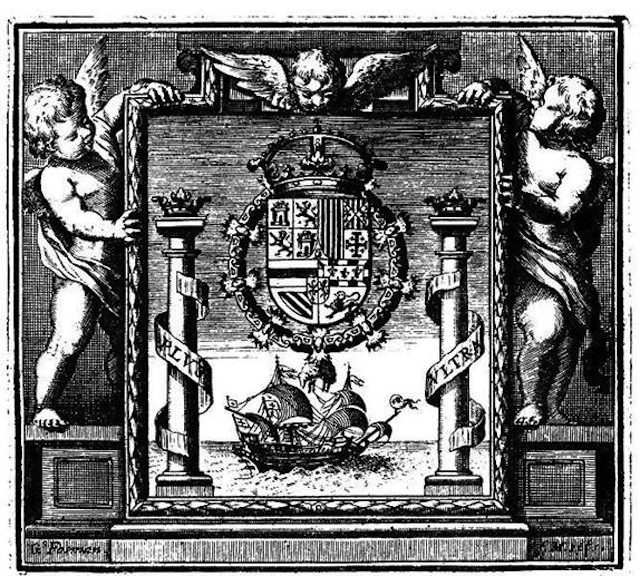
Emblem of the Council of the Indies from the frontispiece of the ‘Recopilacion de leyes de los Reynos de Las Indias’, Madrid, 1681.
The archives reveal that the true question baffling colonists and officials alike was how to deal with the petitioner-driven, ever-evolving world of mestizo law. The true “disappearing” or ‘”floating” aspect of mestizos was their shifting and contradictory legal status. Thus to understand why mestizos seem to disappear, we must open a new inquiry into the nature of Spanish imperial law. We need a case-by-case account into each specific petition and counter-petition that shaped this category.
The Disappearing Mestizo suffers from this inattention to legislation on mestizos. For one, it often sinks into an “ethnographic present” – the illusion among many anthropological writings that cultures remain stable over time – because it does not recognize how decrees on mestizos could abruptly reshape ideas about mixture. A second problem is Rappaport’s overstatement of Crown officials’ difficulty in properly identifying mestizos. In reality, most Crown functionaries could determine a person’s part-Indian, part-Spanish genealogy simply by requesting an individual provide it. Mestizo laws had little to say about more extreme cases, where a colonist was an orphan, illiterate, or too marginal in Spanish society to merit official interest. This is not a reflection of difficulty so much as indifference on the part of bureaucrats and secretaries.
Many of the concepts about race that emerged during European colonialism remain with us (in different ways) in the 21st century. Virtually all Latin American countries point to the contributions of both Spanish and indigenous peoples in shaping what they call their “mestizo nations.” Some scholars today go so far as to argue that immigration and intermarriage are returning North America to colonial times, back to the era of the mestizo. Rappaport’s book will therefore be valuable not only to historians of colonial Colombia and scholars of race, but also to a reading public from Chile to Canada that is increasingly interested in the “mixing” of peoples who created their countries. As more and more authors assert that the future itself is mestizo, the next step for scholars – a step already taken by Rappaport – will be to think deeply about that category, its history, and its hidden baggage and complexities.
Joanne Rappaport, The Disappearing Mestizo: Configuring Difference in the Colonial New Kingdom of Granada (Duke University Press, 2014)
You may also like:
Ann Twinam discusses her work on Purchasing Whiteness in Colonial Latin America
Naming and Picturing New World Nature, by Maria Jose Afanador LLach
Kristie Flannery’s review of Imperial Subjects: Race and Identity in Colonial Latin America, edited by Andrew B. Fisher and Matthew D. O’Hara (2009)
Susan Deans-Smith on the Casta Paintings
For more on casta paintings:
Magali M. Carrera, Imagining identity in New Spain: Race, Lineage, and the Colonial Body in Portraiture and Casta Paintings (2003)
María Concepción García Saiz, Las castas mexicanas: un género pictórico americano (1989)
Ilona Katzew, Casta Painting: Images of Race in Eighteenth-Century Mexico (2004)
All images via Wikimedia Commons.
